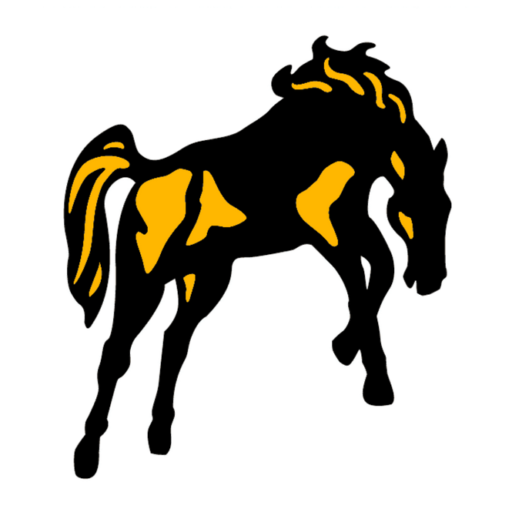During a recent lunch with one of my Lean for Training certification candidates, we discussed a key Lean concept that had really caught her attention. It’s called “one-piece flow” and it means to satisfy individual customer demand immediately or, to put it more simply: “produce to order.”
The word “piece” comes from manufacturing and refers to a product. Products are commonly made in quantities of ten, one hundred, one thousand or more pieces. The thinking goes (incorrectly, btw) that it’s more efficient to produce products in batches.
Training also commonly is delivered in a batch, which could be a classroom, a lecture hall or webinar. The thinking goes (again, incorrectly) that it’s most efficient to teach only to a full or nearly full venue.
In truth, satisfying knowledge demand IMMEDIATELY is always best.
Why Would You Wait?
Let’s say that one day your car breaks down and you call your favorite garage to get it fixed. They ask: “What kind of car?” and you tell them. They say: “I fix those in batches of ten. You’re number six, so I need four more to start working, which should be in three-to-five weeks. Can I put you on the list?
Wait. WHAT? That’s crazy!
Now consider this situation: One day you call the training department and say “I need to learn how to set expectations and give feedback to my employees.” Training replies: “Great. We’re teaching that course when we get a full class of 20, which should be in about two or three months. Do you want to sign up?
Same situation as the car repair, but rather than crazy, with training it’s often the norm.
Batching Causes Delay
Restricting training to batches means critical knowledge doesn’t get delivered until the venue is filled up, for example 20 in a class or 120 in a webinar. The result is people who need the knowledge have to wait weeks or months.
In the meantime, they struggle to do their jobs and make mistakes that cost money, infuriate colleagues and customers, and harm patients.
Sadly, these effects and results rarely get factored into training decisions, which seem to favor trainer convenience and minimizing overhead costs per trainee.
Satisfy Knowledge Demand Immediately
One-learner flow in training means to teach individuals only what they need to know, exactly when they need to know. No more. No less. No waiting.
The result is that people don’t struggle and make costly mistakes due to lack of knowledge. Sure, you might wind up teaching the same topic numerous times, but so what?
The key to establishing one-learner flow is to identify and then simplify or eliminate steps that slow down the process and encourage batching.
How would designing training for “one-learner flow” change what you do and how you do it? Which formats and tools would be most appropriate? Which ones would have to go?
Most important, how would your learners react to your newfound responsiveness? What effect might it have on your organization’s key performance indicators?
Let’s Ride!
Todd Hudson, Head Maverick
Follow me on LinkedIn



